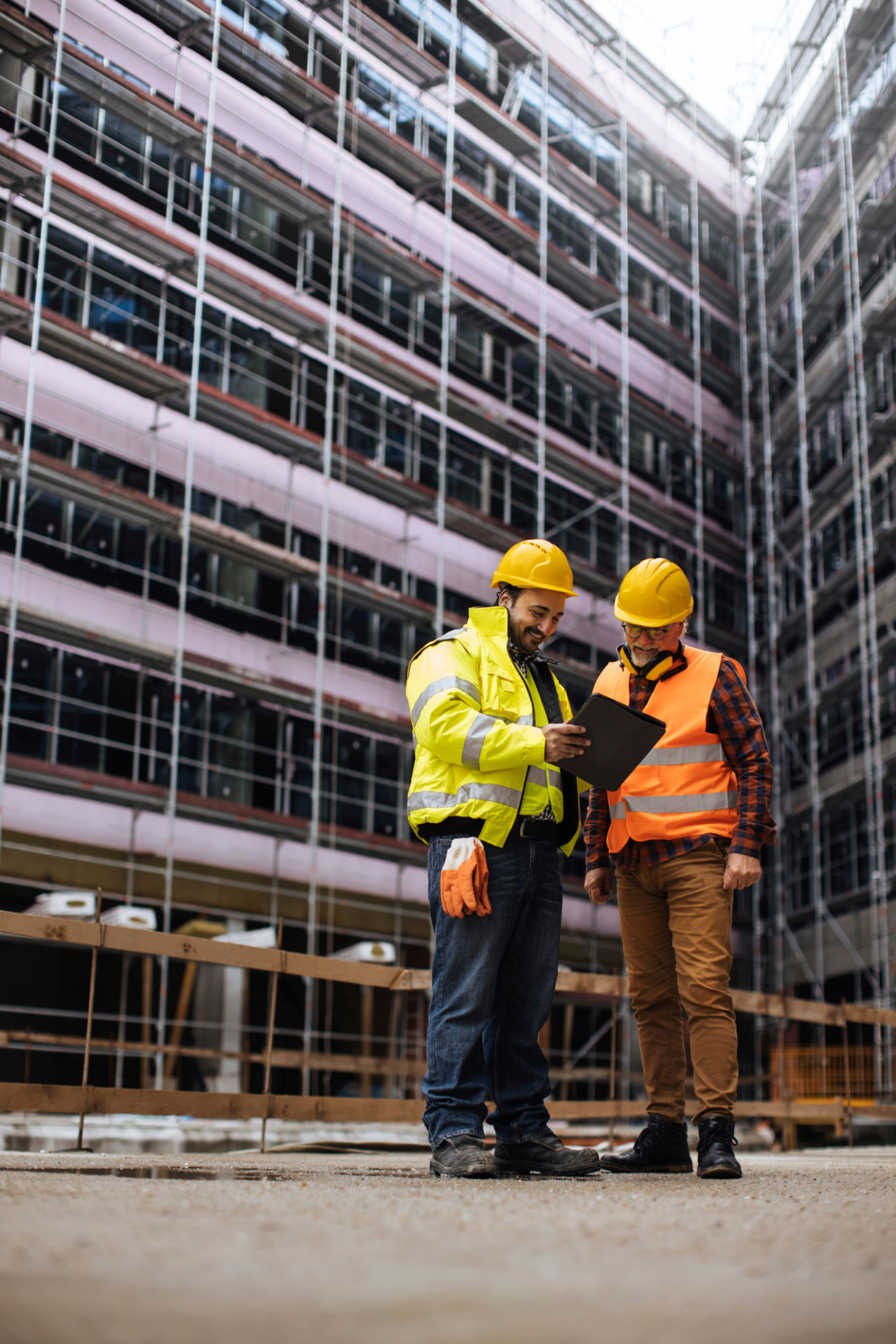Trends in Construction and Design: What to Expect in the Coming Years
Introduction
The construction and design industries are constantly evolving, influenced by technological advancements, environmental considerations, and shifting consumer preferences. As we look to the future, several trends are poised to redefine how we build and design our spaces. Understanding these trends can help professionals and enthusiasts alike prepare for the changes ahead.

Sustainable Building Practices
One of the most significant trends in construction is the push towards sustainability. As environmental concerns become more pressing, the industry is seeing a rise in eco-friendly building materials and methods. This includes the use of recycled materials, energy-efficient systems, and designs that reduce waste. The demand for green buildings is expected to grow, driven by both regulatory requirements and consumer preferences for eco-conscious living.
Green Certifications
Green certifications like LEED (Leadership in Energy and Environmental Design) are becoming a standard in construction. These certifications ensure that buildings meet specific sustainability criteria, which can include energy efficiency, water conservation, and indoor air quality. Builders are increasingly aiming to achieve these certifications to attract environmentally conscious clients.

Integration of Smart Technology
The integration of smart technology in construction and design is another trend gaining momentum. Smart homes and buildings equipped with IoT devices offer enhanced convenience, security, and energy management. Features such as automated lighting, temperature control, and security systems are becoming standard in new constructions.
Building Information Modeling (BIM)
Building Information Modeling (BIM) is a digital representation of the physical and functional characteristics of a facility. It allows architects, engineers, and construction professionals to collaborate more effectively by providing a comprehensive view of a project. BIM is expected to become an integral part of the construction process, leading to improved efficiency and reduced costs.

Prefabrication and Modular Construction
Prefabrication and modular construction techniques are gaining popularity due to their efficiency and cost-effectiveness. These methods involve assembling sections of a building off-site in a controlled environment before transporting them to the final location for assembly. This approach can significantly reduce construction time and minimize disruption at the building site.
Benefits of Modular Construction
Modular construction offers several benefits, including faster project completion times, reduced waste, and improved quality control. As labor shortages continue to challenge the industry, modular construction is seen as a viable solution to meet growing demand without compromising on quality.

Focus on Health and Wellness
Incorporating elements that promote health and wellness in design is becoming increasingly important. This trend reflects a growing awareness of how built environments impact physical and mental well-being. Features such as improved air quality, natural lighting, and spaces designed for relaxation are being prioritized in both residential and commercial projects.
Biophilic Design
Biophilic design, which incorporates natural elements like plants and water features into indoor spaces, is gaining traction. This design philosophy aims to create environments that enhance occupant well-being by fostering a connection with nature. Expect to see more projects embracing biophilic principles in the coming years.
The future of construction and design promises exciting developments that prioritize sustainability, technology integration, efficiency, and well-being. By staying informed about these trends, professionals can better navigate the evolving landscape and contribute to creating spaces that are not only functional but also environmentally responsible and people-friendly.
